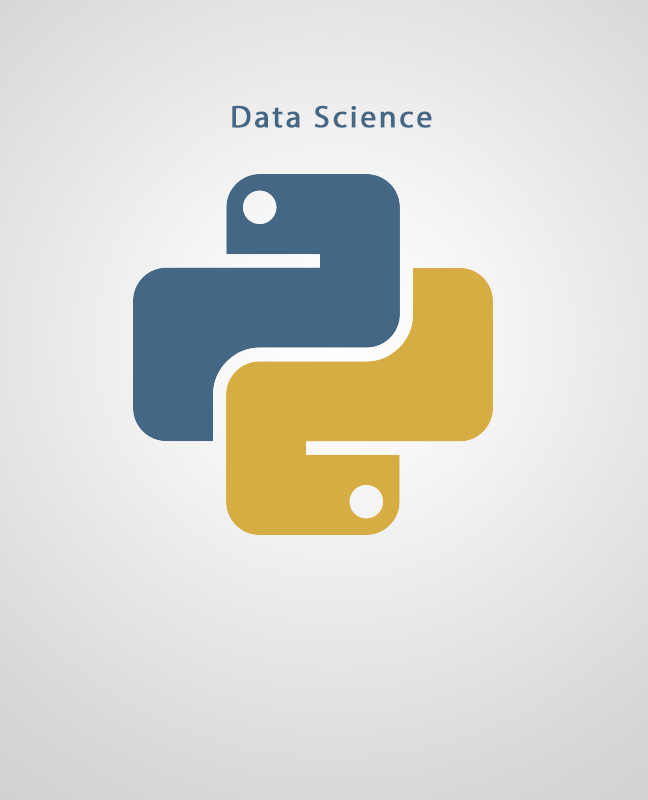 +91 75501 66012
+91 75501 66012  contact@greenstechnologys.com
contact@greenstechnologys.com

The Data Science with Python course is designed to impart an in-depth knowledge of the various libraries and packages required to perform data analysis, data visualization, web scraping, machine learning, and natural language processing using Python. The course is packed with real-life projects, assignment, demos, and case studies to give a hands-on and practical experience to the participants.
Mastering Python and using its packages: The course covers PROC SQL, SAS Macros, and various statistical procedures like PROC UNIVARIATE, PROC MEANS, PROC FREQ, and PROC CORP.
Mastering advanced analytics techniques: The course also covers advanced analytics techniques like clustering, decision tree, and regression. The course covers time series, it's modelling.
As a part of the course, you are provided with 4 real-life industry projects on customer segmentation, macro calls, attrition analysis, and retail analysis.
Mon – Fri ( 6 Weeks ) | anytime in between 06.30 AM - 10.30 AM Time (IST) Rs 18000/- Rs 13,999/-
Sat – Sun ( 8 Weeks ) | anytime in between 06.30 AM - 6:00 PM Time (IST) Rs 18000/- Rs 13,999/-
By the end of this Data Science with Python training course, you will be able to:
This course will enable you to:
This Data Science with Python certification training course is suitable for:
This course will introduce you to the field of data science and will prepare you for the next three courses in the MicroMasters: Statistics, Machine Learning, and Spark. To conduct data analysis, you'll learn a collection of powerful, open-source, tools including:
Introduction: Welcome and overview of the course. Introduction to the data science process and the value of learning data science.
Background: In this optional Topic, we provide a brief background in python or unix to get you up and running.
Jupyter and Numpy: Jupyter notebooks are one of the most commonly used tools in data science as they allow you to combine your research notes with the code for the analysis. After getting started in Jupyter, we'll learn how to use numpy for data analysis. numpy offers many useful functions for processing data as well as data structures which are time and space efficient.
Pandas: Pandas, built on top of numpy, adds data frames which offer critical data analysis functionality and features.
Visualization: When working with large datasets, you often need to visualize your data to gain a better understanding of it. Also, when you reach conclusions about the data, you'll often wish to use visualizations to present your results.
Mini Project: With the tools of Jupyter notebooks, numpy, pandas, and Visualization, you're ready to do sophisticated analysis on your own. You'll pick a dataset we've worked with already and perform an analysis for this first project.
Machine Learning: To take your data analysis skills one step further, we'll introduce you to the basics of machine learning and how to use sci-kit learn - a powerful library for machine learning.
Working with Text and Databases: You'll find yourself often working with text data or data from databases. This Topic will give you the skills to access that data. For text data, we'll also give you a preview of how to analyze text data using ideas from the field of Natural Language Processing and how to apply those ideas using the Natural Language Processing Toolkit (NLTK) library.
Final Project: These Topics let you showcase all your new skills in an end-to-end data analysis project. You'll pick the dataset, do the data munging, ask the research questions, visualize the data, draw conclusions, and present your results
CLASSIFICATION